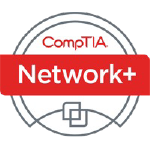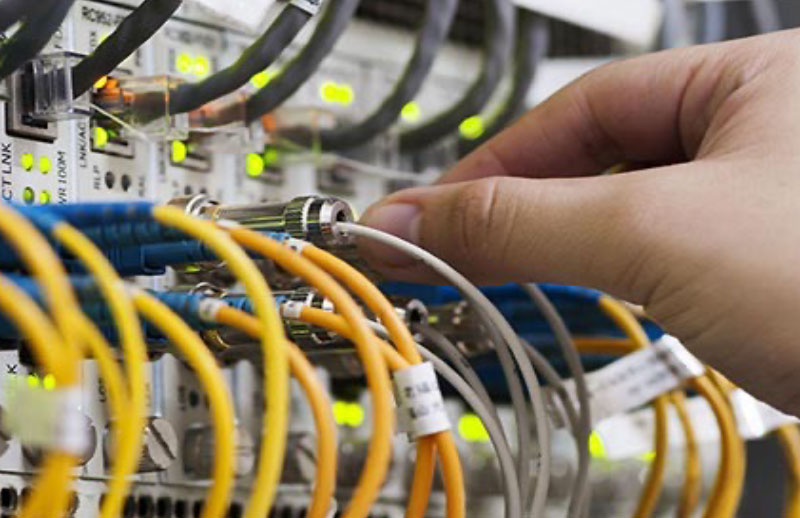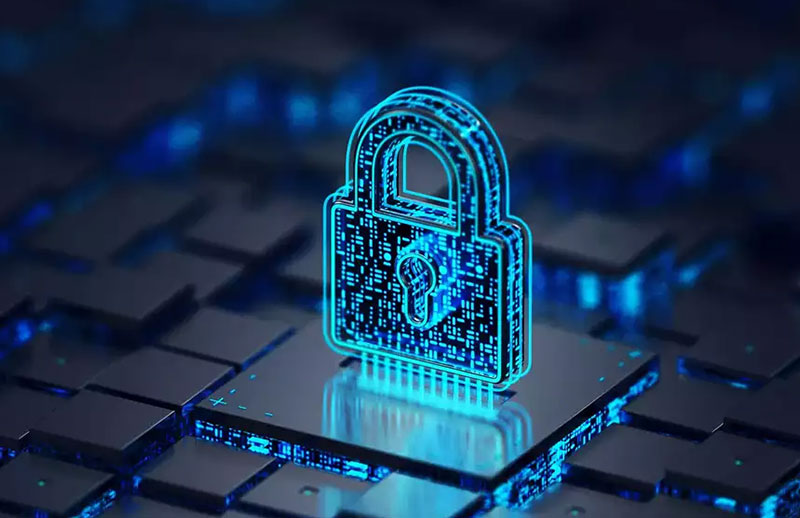

 CompTIA Network+ Certification (Exam N10-008)
CompTIA Network+ Certification (Exam N10-008)
Course Length:
1 Week 5 Days, 8 hours/day, from: 9:00 am to 5:00 pm
2 Weeks, 3 Hours/day, from 6:00 pm to 9:00 pm
This course is intended for entry-level computer support professionals with a basic knowledge of computer hardware, software and operating systems who wish to prepare for the CompTIA Network+ Exam. It is also suitable for those who wish to increase their knowledge and understanding of networking concepts and acquire the required skills to prepare for a career in network support or administration.
In this course, you will describe the major networking technologies and systems of modern networks and configure, manage, and troubleshoot modern networks.
1 - EXPLAINING THE OSI AND TCP/IP MODELS
• Topic A: Explain OSI Model Layers
• Topic B: Explain the TCP/IP Suite
2 - EXPLAINING PROPERTIES OF NETWORK TRAFFIC
• Topic A: Explain Media Types and Access Methods
• Topic B: Deploy Ethernet Standards
• Topic C: Configure and Monitor Network Interfaces
3 - INSTALLING AND CONFIGURING SWITCHED NETWORKS
• Topic A: Install and Configure Hubs and Bridges
• Topic B: Install and Configure Switches
• Topic C: Compare and Contrast Network Topologies
• Topic D: Compare and Contrast Network Types
4 - CONFIGURING IP NETWORKS
• Topic A: Configure IPv4 Addressing Components
• Topic B: Test IP Interfaces with Command Line Tools
• Topic C: Configure IPv4 Subnets
• Topic D: Configure Private and Public IPv4 Addressing Schemes
• Topic E: Configure IPv6 Addressing Components
• Topic F: Configure DHCP Services
5 - INSTALLING AND CONFIGURING ROUTED NETWORKS
• Topic A: Explain Characteristics of Routing
• Topic B: Install and Configure Routers
6 - CONFIGURING AND MONITORING PORTS AND PROTOCOLS
• Topic A: Explain the Uses of Ports and Protocols
• Topic B: Use Port Scanners and Protocol Analyzers
• Topic C: Explain the Use of Name Resolution Services
• Topic D: Configure DNS and IPAM Services
7 - EXPLAINING NETWORK APPLICATION AND STORAGE SERVICES
• Topic A: Explain the Uses of Network Applications
• Topic B: Explain the Uses of Voice Services and Advanced Networking Devices
• Topic C: Explain the Uses of Virtualization and Network Storage Services
• Topic D: Summarize the Concepts of Cloud Services
8 - MONITORING AND TROUBLESHOOTING NETWORKS
• Topic A: Monitor Network Interfaces and Logs
• Topic B: Explain Network Troubleshooting Methodology
• Topic C: Troubleshoot Common Network Services Issues
9 - EXPLAINING NETWORKING ATTACKS AND MITIGATIONS
• Topic A: Summarize Common Networking Attacks
• Topic B: Explain the Characteristics of VLANs
• Topic C: Explain the Characteristics of NAT and Port Forwarding
10 - INSTALLING AND CONFIGURING SECURITY DEVICES
• Topic A: Install and Configure Firewalls and Proxies
• Topic B: Explain the Uses of IDS/IPS and UTM
11 - EXPLAINING AUTHENTICATION AND ACCESS CONTROLS
• Topic A: Explain Authentication Controls and Attacks
• Topic B: Explain the Uses of Authentication Protocols and Directory Services
• Topic C: Explain the Uses of Port Security and NAC
• Topic D: Implement Network Device Hardening
• Topic E: Explain Patch Management and Vulnerability Scanning Processes
12 - DEPLOYING AND TROUBLESHOOTING CABLING SOLUTIONS
• Topic A: Deploy Structured Cabling Systems
• Topic B: Deploy Twisted Pair Cabling Solutions
• Topic C: Test and Troubleshoot Twisted Pair Cabling Solutions
• Topic D: Deploy Fiber Optic Cabling Solutions
13 - IMPLEMENTING AND TROUBLESHOOTING WIRELESS TECHNOLOGIES
• Topic A: Install and Configure Wireless Technologies
• Topic B: Troubleshoot Wireless Performance Issues
• Topic C: Secure and Troubleshoot Wireless Connectivity
14 - COMPARING AND CONTRASTING WAN TECHNOLOGIES
• Topic A: Compare and Contrast WAN Core Service Types
• Topic B: Compare and Contrast WAN Subscriber Service Types
• Topic C: Compare and Contrast WAN Framing Service Types
• Topic D: Compare and Contrast Wireless and IoT WAN Technologies
15 - USING REMOTE ACCESS METHODS
• Topic A: Use Remote Access VPNs
• Topic B: Use Remote Access Management Methods
16 - IDENTIFYING SITE POLICIES AND BEST PRACTICES
• Topic A: Manage Networks with Documentation and Diagrams
• Topic B: Summarize the Purposes of Physical Security Devices
• Topic C: Compare and Contrast Business Continuity and Disaster Recovery Concepts
• Topic D: Identify Policies and Best Practices Identify site policies and best practices.

CompTIA A+ certification is an internationally recognized, vendor-neutral certification that many employers consider...
More
CompTIA Linux+ certification provides a foundation for individuals to work and maintain Linux installations...
More
CompTIA Security+ training provides an excellent introduction to the security field and is typically a better...
More